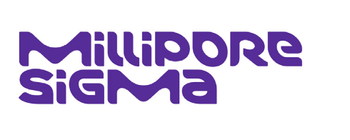
Five Tricks for Troubleshooting Your LC Methods
1. Start by determining your key predictive sample set (KPSS).
A good start can circumvent future troubleshooting. Understand the purpose of your method development first, and determine the fewest number of samples you will need to run, while including all necessary chemical components: PRIs, intermediates, real-time stability degradants, and so on.
2. Check solubility for all analytes, and consider pH and pKa for ionizable analytes.
If you know your analyte structures, it’s a good idea to check their ionization states across a reasonable pH range. Ionization affects logD values, and a logD predictor will show you what pH works best. For a sample that contains multiple ionizable compounds, choose a pH where the logD curve for all compounds is relatively flat.
3. Screen a selection of orthogonal columns.
Check that you’re screening a comprehensive selection of columns by calculating the difference between available columns based on their Tanaka parameters and choosing the most orthogonal ones. This can be done with online or software tools. The latter will give you radar graphs to help you visualize the differences between columns.
4. Check your LC set-up for sources of system dispersion.
Large-volume tubing, long lengths of tubing, flow-cell volume—all these factors can broaden peaks. These extra-column volumes will differ between systems. Heating systems will also differ: active and passive systems have different efficiencies. Check tubing and heating when transferring a method as variations in these parameters can cause the same method to perform differently.
5. Check your system’s dwell volume or gradient delay volume.
Changes in dwell volume can also cause method failures or shifting results when transferring a method, especially when changing column dimensions. The gradient-rate change may not be allowing enough time for the new mobile-phase composition to flow through the entire column.
Newsletter
Join the global community of analytical scientists who trust LCGC for insights on the latest techniques, trends, and expert solutions in chromatography.




